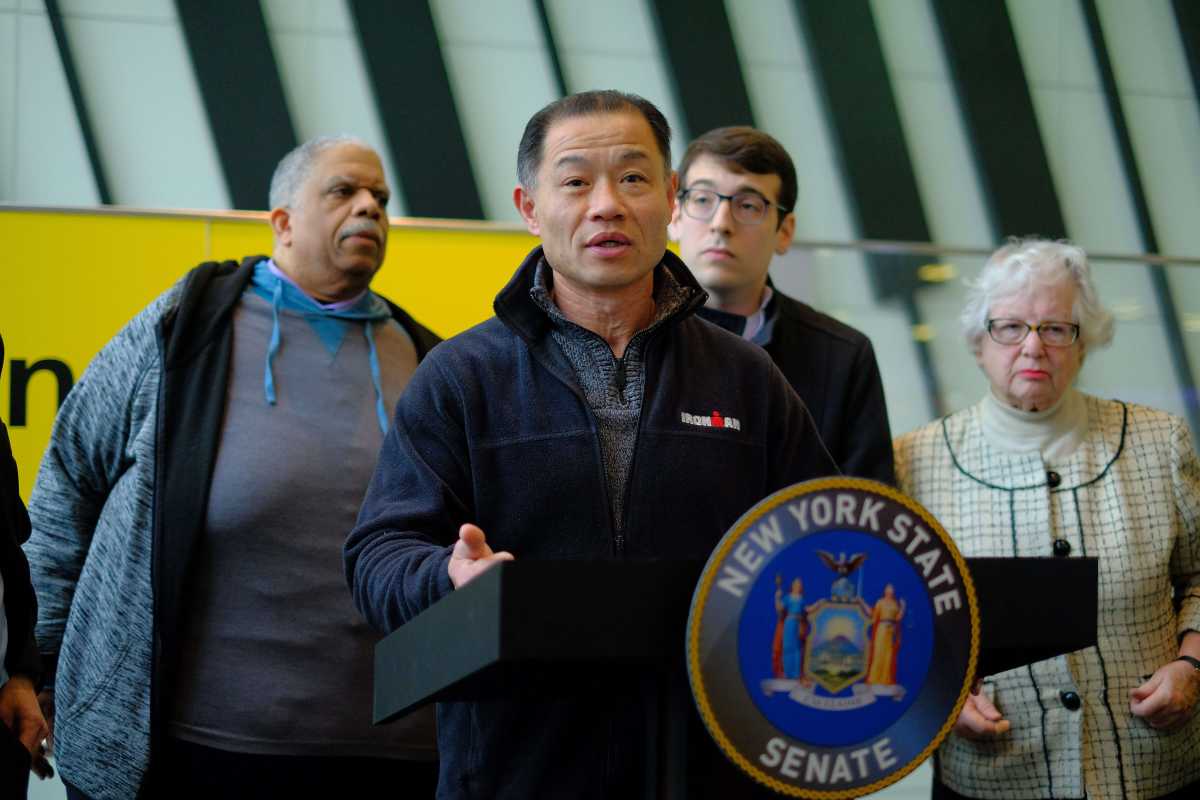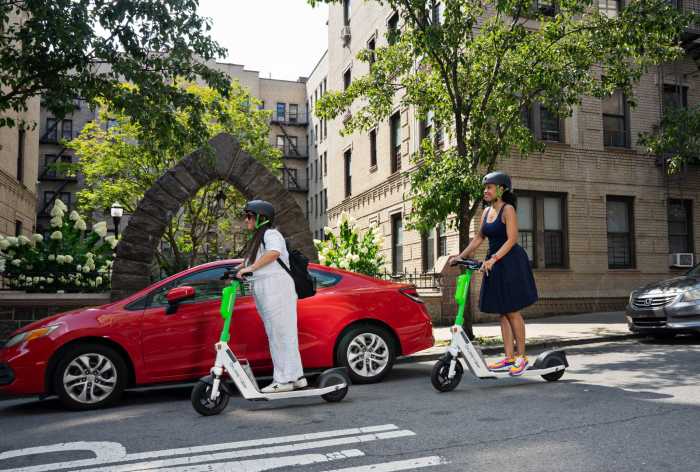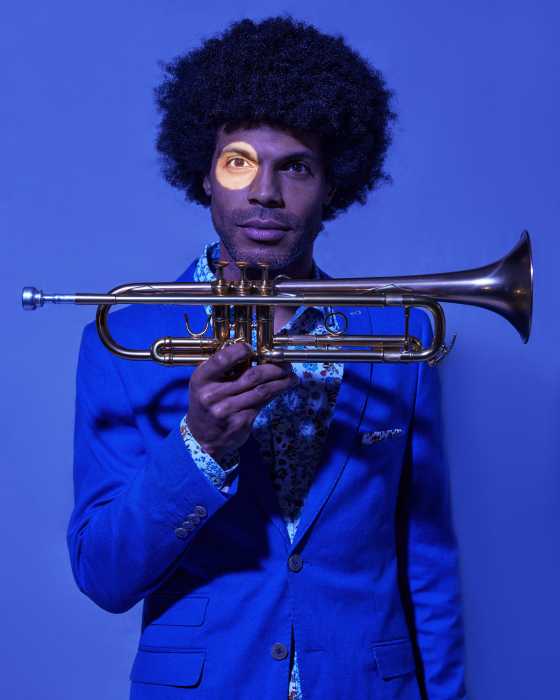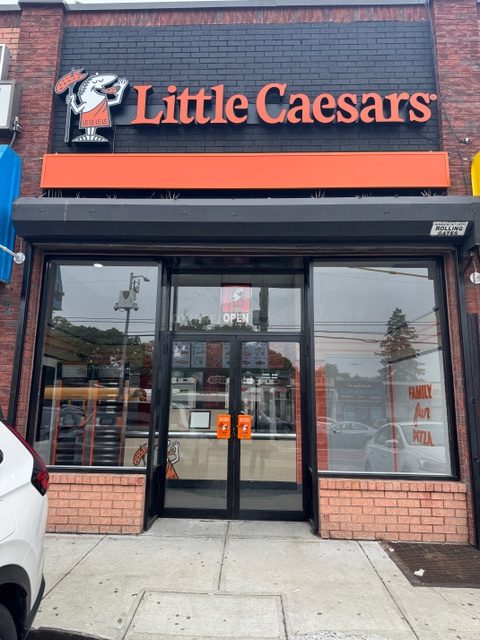Queens elected officials who are both for and against Governor Andrew Cuomo’s congestion pricing plan gather in Jamaica Station’s AirTrain concourse on Feb. 1 to draw attention to the lack of concrete details about the proposal or financial framework after a budget hearing devoid of those items.
State Senator John Liu said the Jan. 30 budget hearing was a frustrating dialogue with that dragged on with for hours with no definitive answers regarding how the congestion pricing plan will be deployed despite Cuomo announcing its inclusion in the 2020 executive budget.
“We showed up at the budget hearing this year fully expecting to hear some details about what this congestion pricing plan would do, how much would people get charged, how much revenue does the MTA actually expect and how much congestion will we be relieved of?” Liu said. “I certainly went expecting the MTA just to tell us, I didn’t think we’d have to be there for five hours asking the MTA question after question after question and getting no answers whatsoever.”
Recent figures have been revealed that congestion pricing could levy up $15 billion for the MTA to fund systemwide improvements for bus and subway transit infrastructure, but details have been paltry.
In January 2018, Cuomo’s FixNYC panel release a proposal that called for an $11 toll on cars entering Manhattan below 60th Street during weekdays, despite using free East River Bridges, and $25 toll on trucks.
“Worse yet, the MTA hasn’t even told us what they’re even going to use the money for apart from a blanket statement about improving buses and subways,” Liu continued. “This is probably the worst we have seen from the MTA ever. The MTA is telling us ‘just trust the MTA.’ Hate to say it, but the last people on earth who should just be saying ‘just trust us’ to the public is the MTA.”
Liu suggested that what the MTA really needs is a “lock-box” of funds from a dedicated source, but claimed that there are already about $6 billion in taxes going directly toward the agency, such as the regional mobility tax.
Assemblyman David Weprin has taken the lead on opposing congestion pricing in the borough claiming that not only does his district have very little public transportation options to begin with, his constituents would be among the most drastically effected.
“This plan is probably worse than previous plans, including one by Mayor Bloomberg which really started the whole congestion pricing debate,” Weprin said. “This plan gives a blanket check to the TVTA [Triborough Bridge & Tunnel Authority], a subsidiary of the MTA that nobody really knows anything about except the legislators but really are not accountable to the public in any meaningful way. It basically gives them total discretion about how much to charge, how much to increase, when they should increase any kind of fees … We don’t have any real plan, any answers. It’s not really fair to ask us to approve.”
A study from the Tri-State Transportation Campaign following the release of the FixNYC panel proposal for the launch of congestion pricing in January 2018 showed that about 4 percent of people who live in eastern Queens would pay the toll on a regular basis.
About 3.6 percent of people in Weprin’s district would be impacted, while Assemblyman Edward Braunstein’s neighboring district pay be hardest hit in Queens with 5.7 percent of the population commuting into Manhattan by car.
Assemblyman Daniel Rosenthal did not say whether or not he favored congestion pricing or not, but said the root of the current problem is that “there is no plan.”
“We’ve heard nothing and we know nothing, the MTA is trying to throw this into the state budget with no accountability,” Rosenthal said. “There is no doubt that there is a crisis going on … Right now we’re calling it a plan, that’s giving them too much credit because there literally is no plan, just a way to tax people more who have the least and the worst access to that transportation.”



































